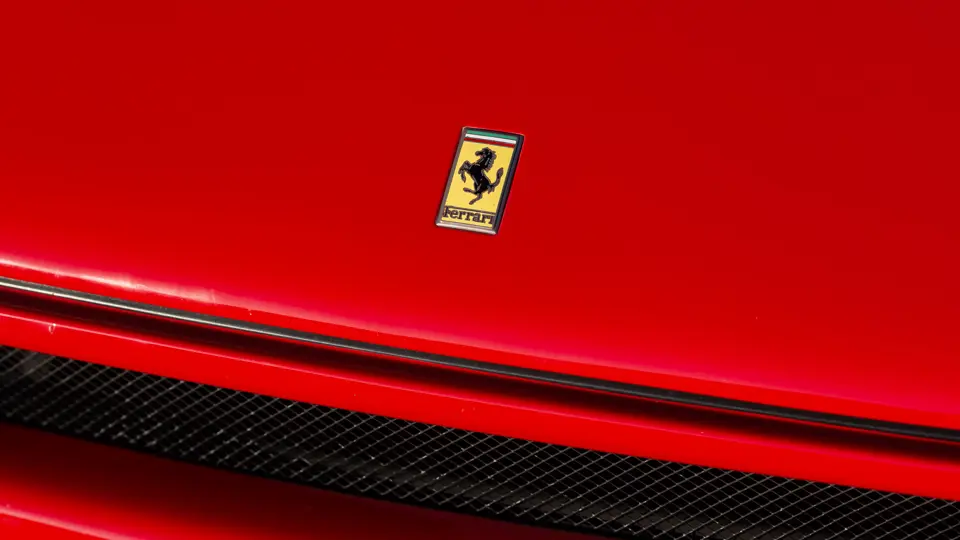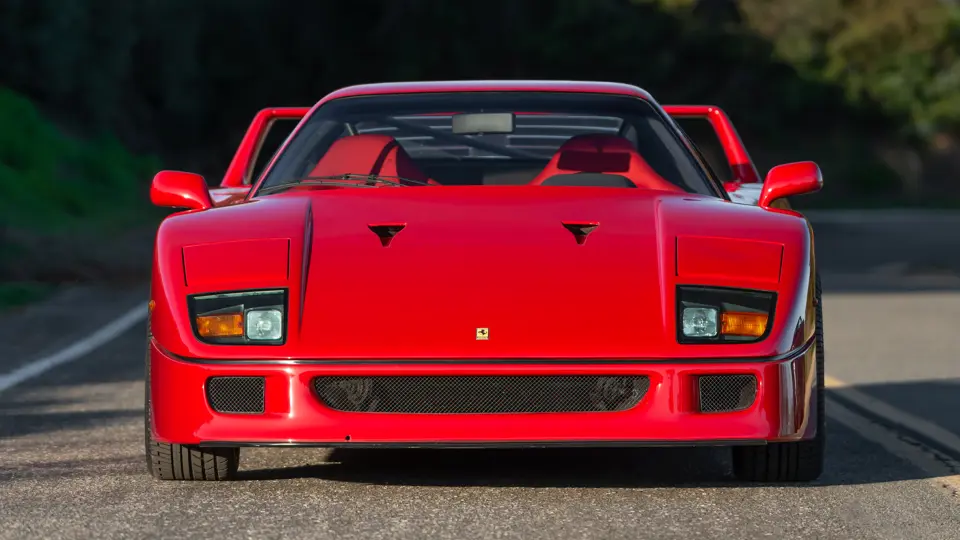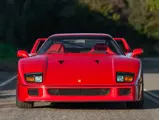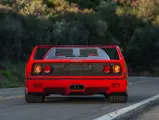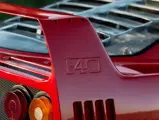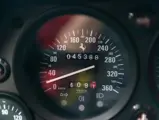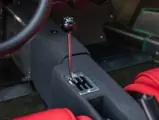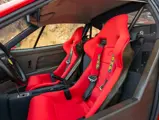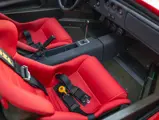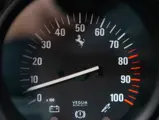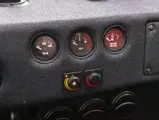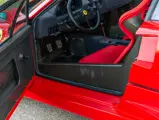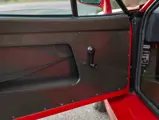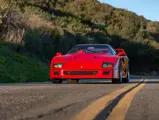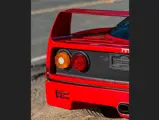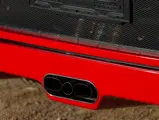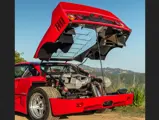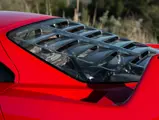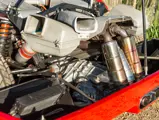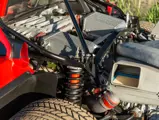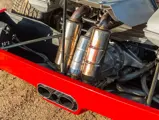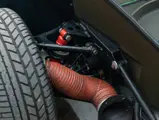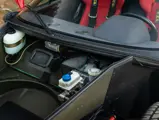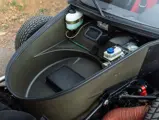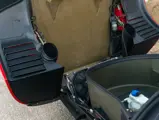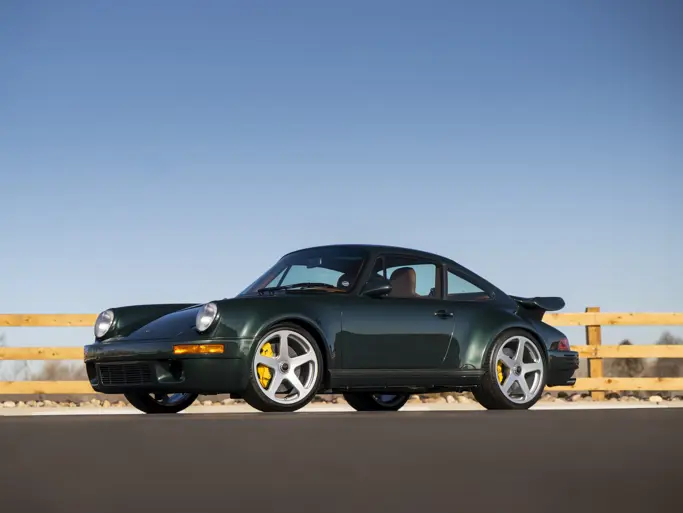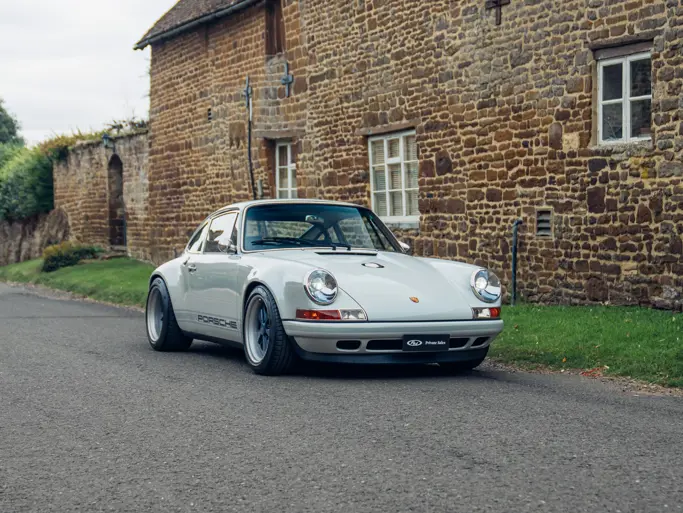
1991 Ferrari F40
{{lr.item.text}}
Sold
{{bidding.lot.reserveStatusFormatted}}
- A European-specification F40 ideal for decades of further enjoyment
- Major service completed in February 2023; fitted with upgraded aluminum fuel tanks
- The last Ferrari supercar developed under Enzo Ferrari
- Accompanied by its original owner’s manuals and warranty card
THE DEVELOPMENT OF A PERFORMANCE ICON
Engineered to celebrate the 40th anniversary of Maranello’s first model, the 125 S, the F40 to this day remains one of Ferrari’s most captivating and impressively specified supercars. The model was originally conceived to be an FIA Group B competitor, and it was consequently developed from the superlative 288 GTO to take on the likes of the Porsche 959. Enthusiasts can be grateful that the F40’s nearly stillborn gestation continued forward even after the racing class was canceled. Rather than scrap the program entirely, Ferrari used the five initial 288 GTO Evoluzione examples as the basis of a new 40th-anniversary road car that would be the last supercar devised under Enzo Ferrari’s stewardship.
As it was designed for competition purposes, the F40 featured a race-developed steel tube-frame chassis with four-wheel double-wishbone independent suspension, coil-over Koni shock absorbers, and four-caliper ventilated disc brakes. Pietro Camardella’s coachwork design—executed under the direction of Leonardo Fioravanti and aerodynamically perfected in Pininfarina’s wind tunnel—was built with paneling woven from Kevlar and carbon fiber, reducing the curb weight by approximately 20% while simultaneously tripling the car’s structural rigidity.
The 288’s twin-turbocharged V-8 was bored to displace 2.9 liters and fitted with IHI turbochargers and Behr intercoolers; this engine was married to a five-speed transaxle actuated by a gated shifter. The resulting performance was nothing short of astounding, as the type F120 040 engine developed 478 horsepower and 425 pound-feet of torque, capable of launching the F40 to 60 mph from standstill in just 3.8 seconds and achieving a top speed of 201 mph (thereby eclipsing the Porsche 959 and Lamborghini Countach).
Cosmetically, the F40 amply reflected its basis in racecar development, with the lightweight body echoed by numerous interior considerations. Weight was further reduced with the use of cloth upholstery on plastic-composite racing seats, pull-strap door releases, drilled pedals, and Perspex windows.
Publicly introduced at the 1987 Frankfurt Motor Show, the F40 was initially earmarked for a low production run of 400 examples, but skyrocketing customer interest prompted Ferrari to ultimately build 1,315 cars. The commemorative supercar was initially only available in Europe, and early examples were built without catalytic converters or adjustable suspensions, although in 1990 a more developed version with catalytic converters began delivery. Harkening back to such inspiring sports-racers at the 206 S, the 330 P3, and the 512 S, the F40 remains notable for being the last supercar developed under the watchful eyes of Il Commendatore himself, the legendary Enzo Ferrari.
Occupying such an important position in Maranello’s supercar lineage, it is hardly surprising that many F40 examples were initially purchased by astute collectors and largely restricted to showroom viewing and concours exhibition. Relatively few cars were driven in anger on a track, but a handful of drivers were lucky enough to experience the F40 under such conditions.
Case in point, five-time Le Mans champion Derek Bell was allowed to push the car’s limits during a test drive for Classic & Sports Car magazine conducted during the mid-2000s. His verdict: “It’s just magnificent…This is a car to make your hair curl. The power delivery is sensational, and I love the way the turbos come on with such a rush. Very quickly the situation changes from neutral understeer to amazing oversteer, but it’s all superbly predictable.”
But the endorsement of a pedigreed championship driver was no requirement for the F40 to attract an ardent fanbase, as illustrated by an entire generation of teenage gearheads who proudly displayed posters of the 40th anniversary supercar on their walls. Many of these same children have grown up to be today’s respected collectors, and their continued devotion to the F40 testifies to just how iconic the model truly is.
CHASSIS NUMBER 89121
Benefiting from a lifetime of consistent use and modest mileage, this superb F40 is a particularly impressive example of Maranello’s seminal commemorative hypercar. According to the research of marque expert Marcel Massini, chassis number 89121 began assembly in March 1991, specified as a European-market example with instruments in kilometers. This F40 was built with adjustable, suspension allowing the driver to change the ride height based on driving conditions, glass roll-up windows, and catalyst-specification engine.
Completed in April 1991, the F40 was originally delivered to Ferrari Deutschland GmbH in Wiesbaden, Germany. As shown on the warranty card, the F40 was sent to its first owner, Fritz Neliser of Nuremberg, Germany on 1 July 1991. Services noted in the manual show consistent use throughout Germany in the 1990s with mileage readings of 11,709 kilometers in October 1996 and 16,245 kilometers in September 1997. In February 2006 the car was then serviced at GTO Motors in Italy, and at this time had 39,244 kilometers. The warranty card also notes the engine number as 26512, the same engine in the car today.
The current owner purchased the F40 in 2017, and it has remained in his collection of sports cars for the last six years. Just recently in February 2023, the car received a major engine service by Ferrari Technologies of Orange, California. Significantly, the fuel bladders have been replaced with upgraded aluminum tanks, erasing the need to service this component at regular intervals in the future. This is a very practical upgrade, as modern fuels of today can quickly degrade the foam cores found in European F40 fuel bladders. The odometer reads approximately 45,400 kilometers (~28,210 miles) at the time of cataloging. In addition to the service booklet, this F40 will be accompanied by a set of owner’s manuals with a leather pouch.
Ideal for the marque enthusiast in search of a fine example of Maranello’s 40th anniversary supercar, this F40 is well suited for future display or driving enjoyment, beautifully exemplifying one of the most iconic models in the sports car pantheon.




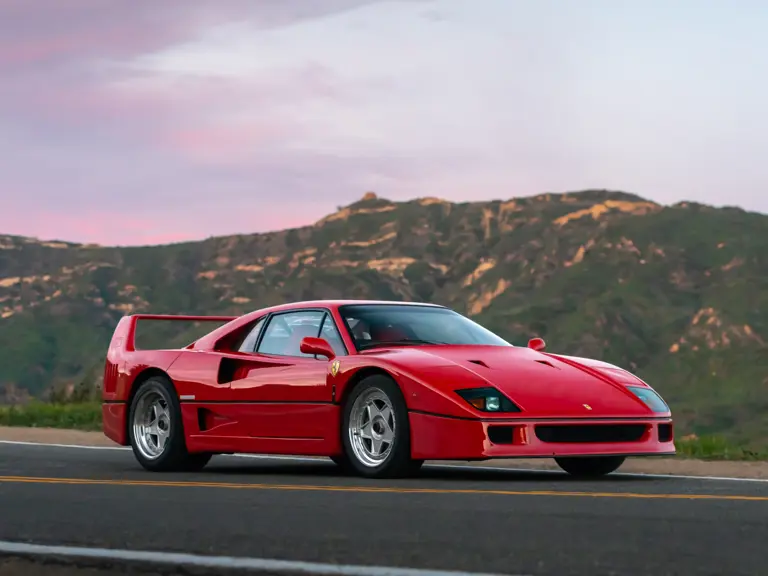
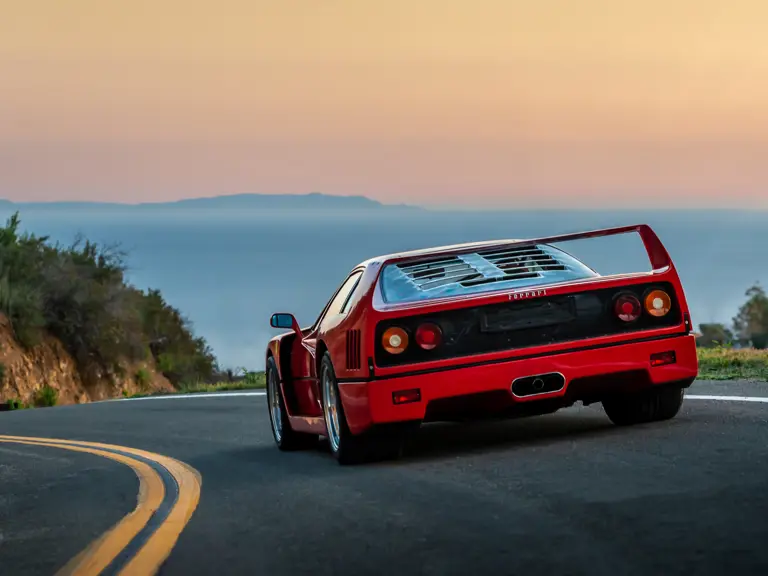

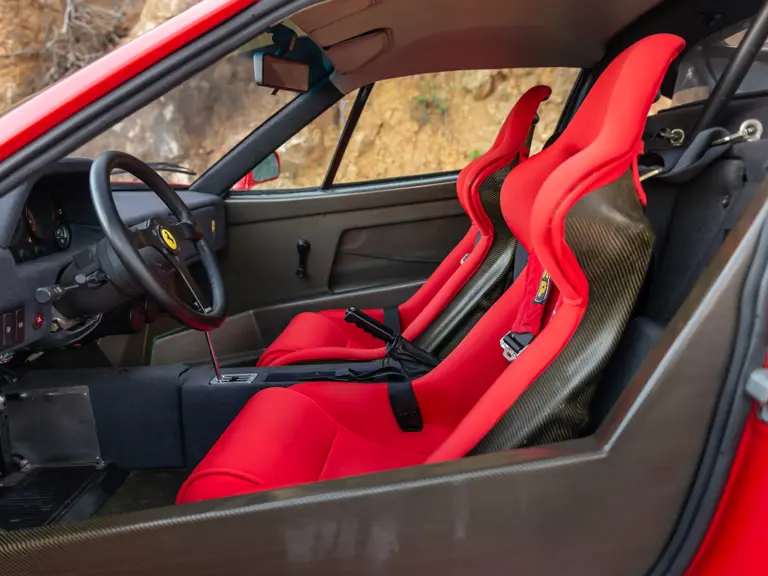
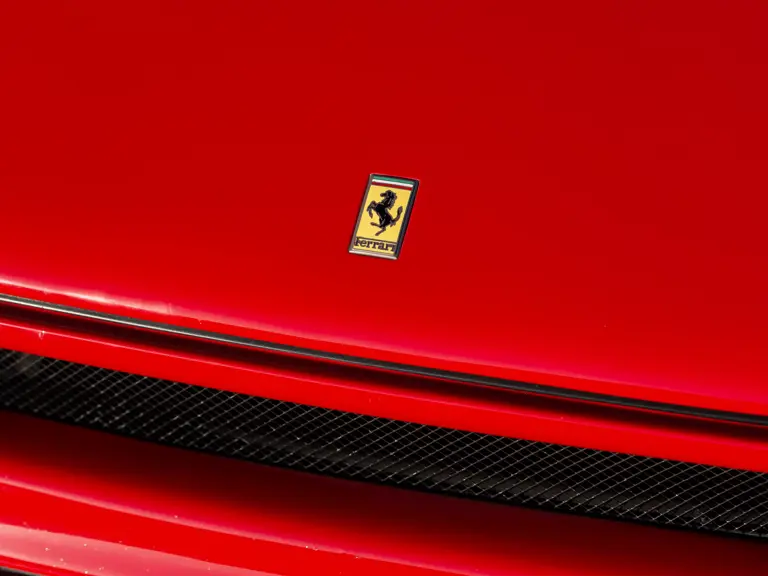

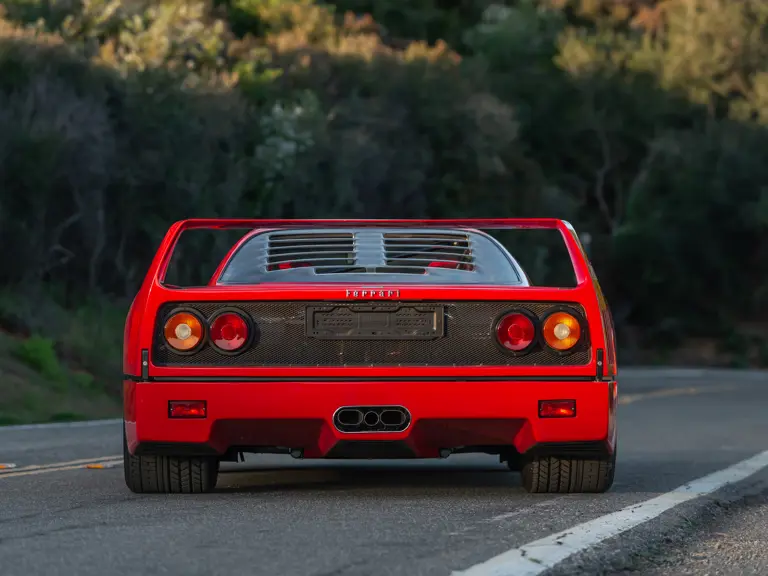
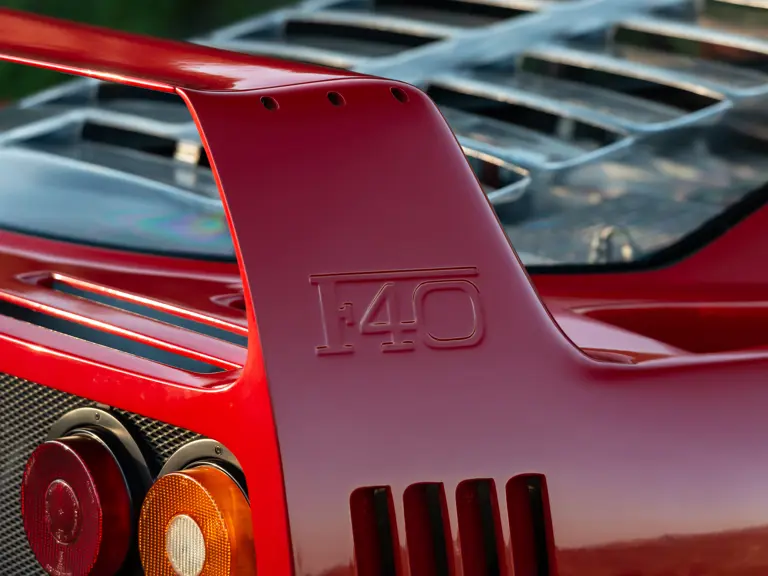

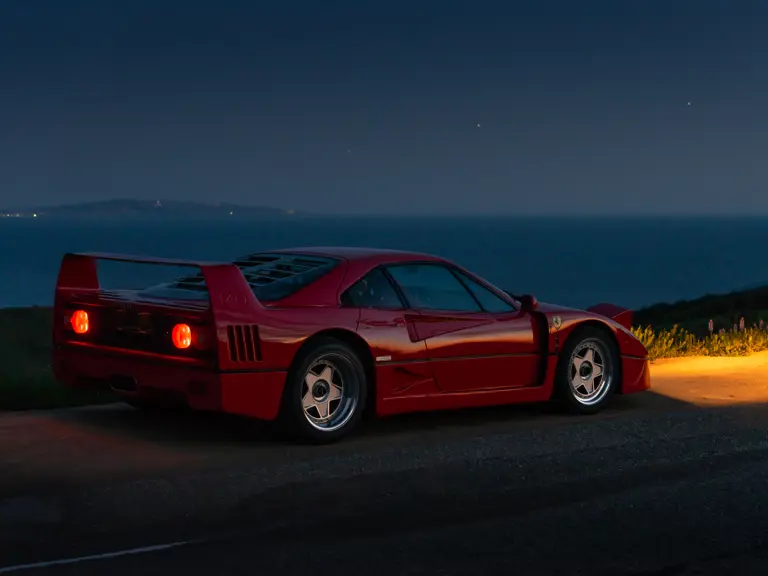

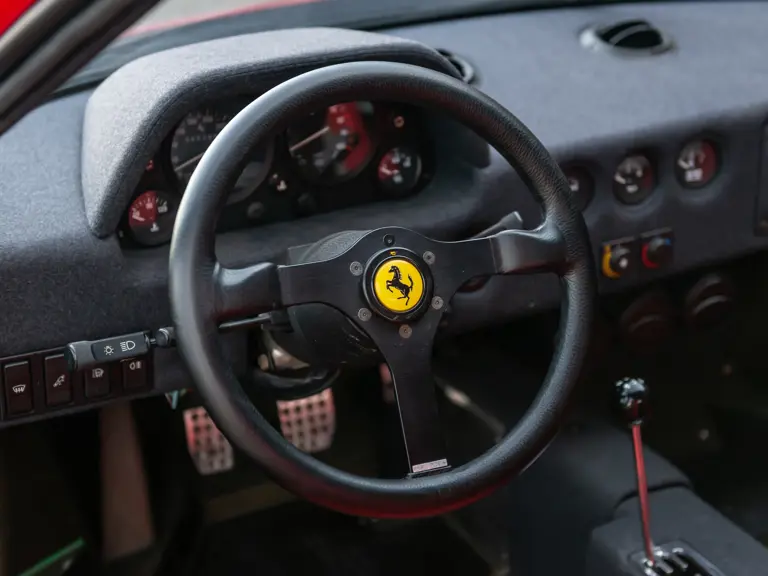
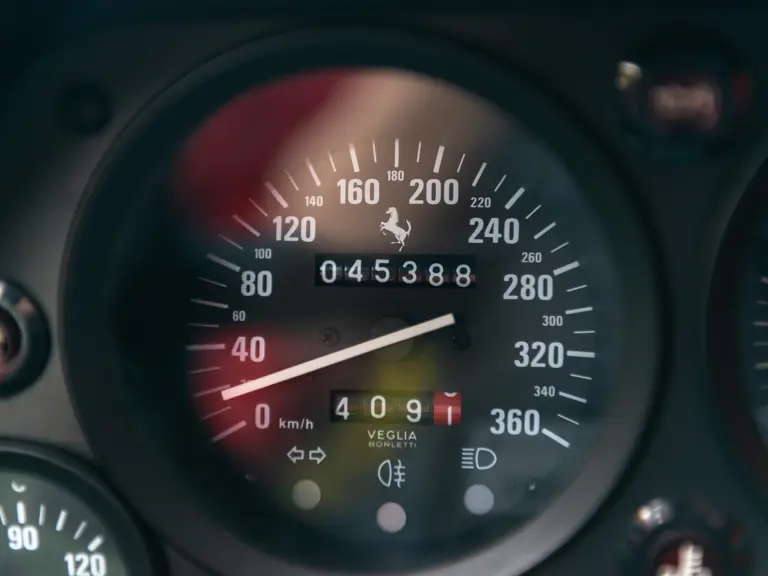

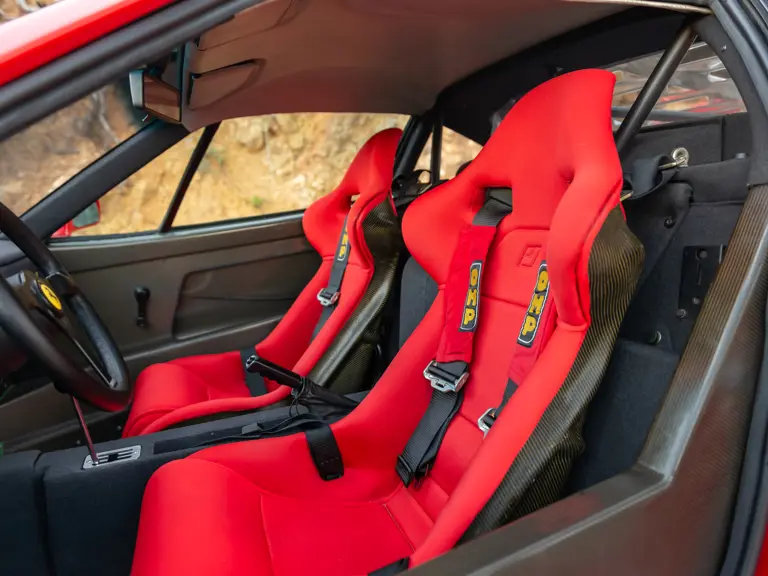
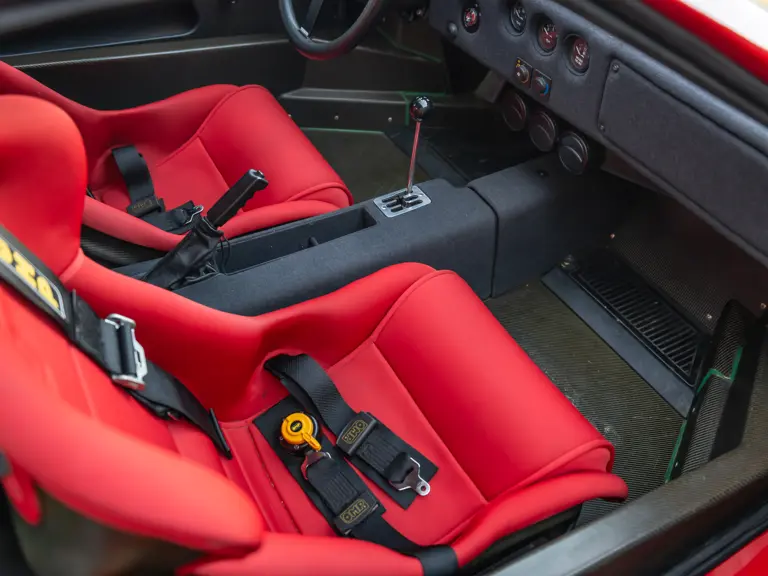



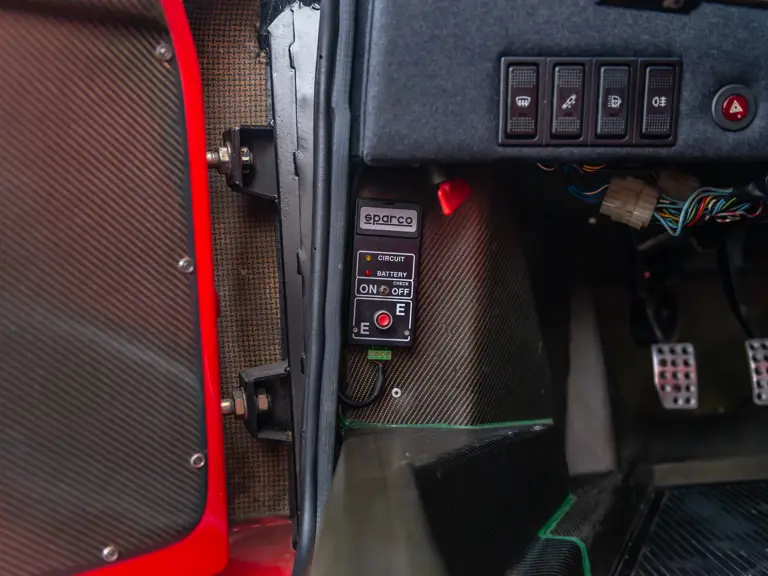




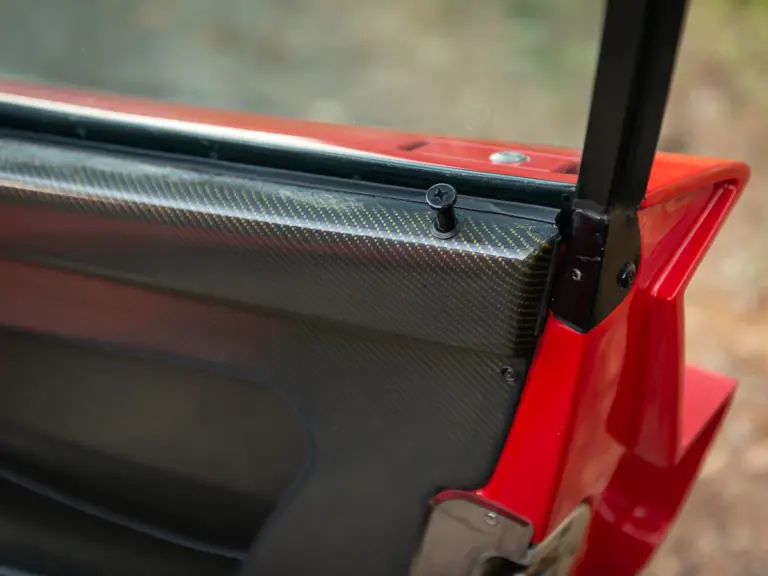
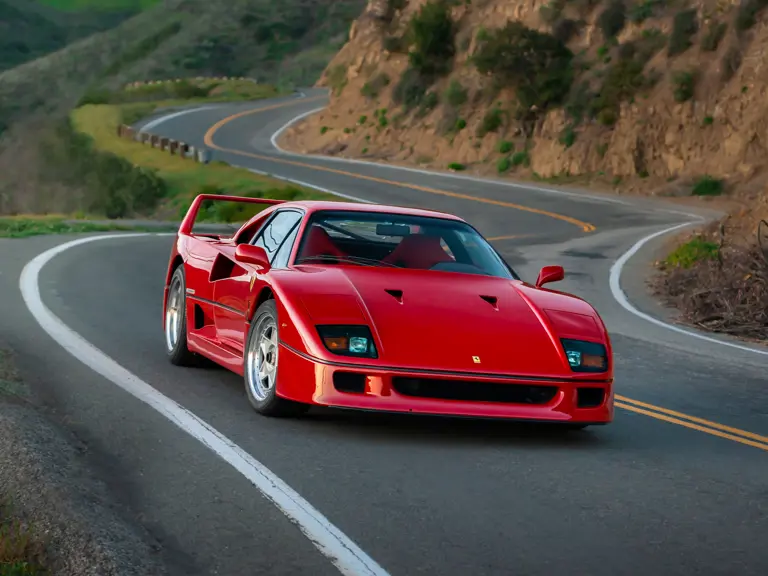
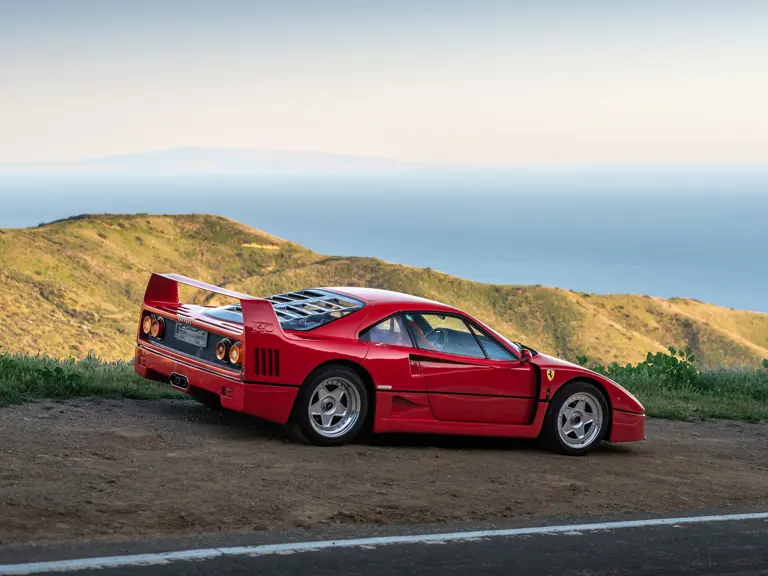

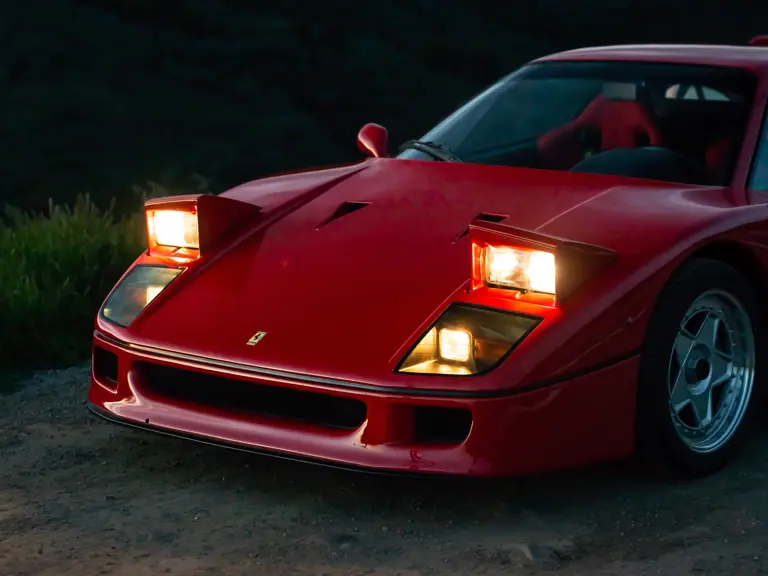



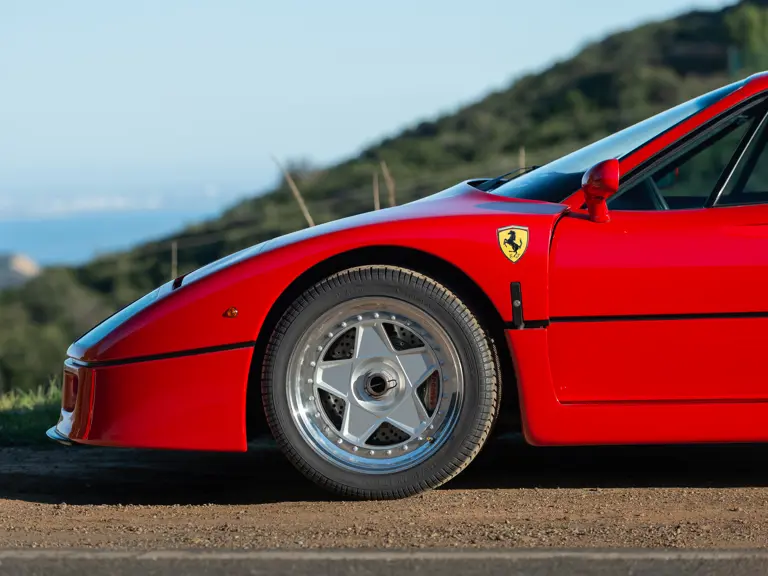
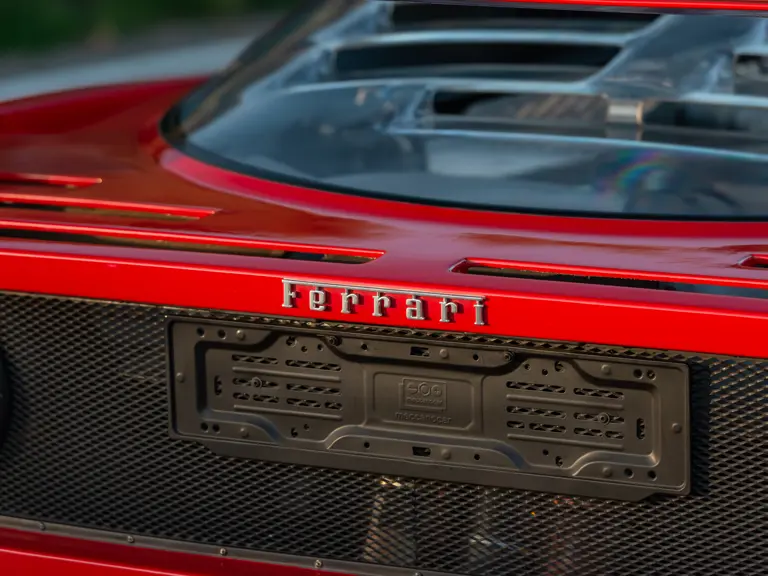


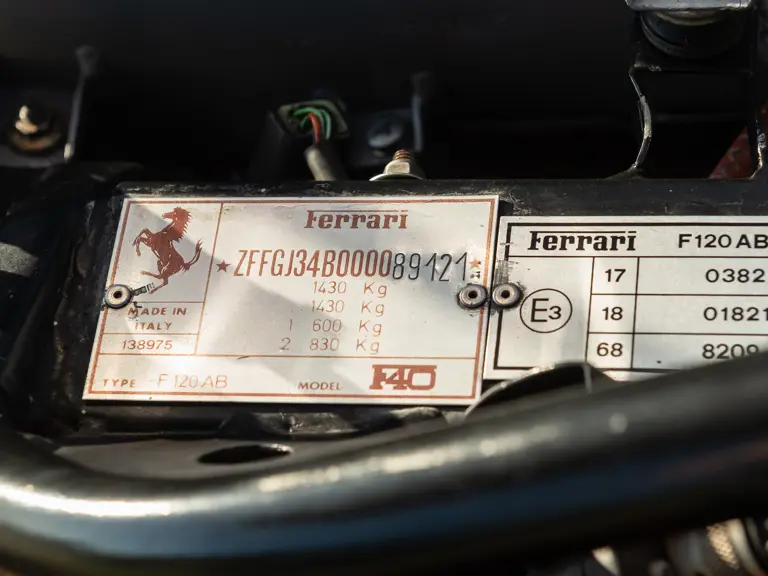
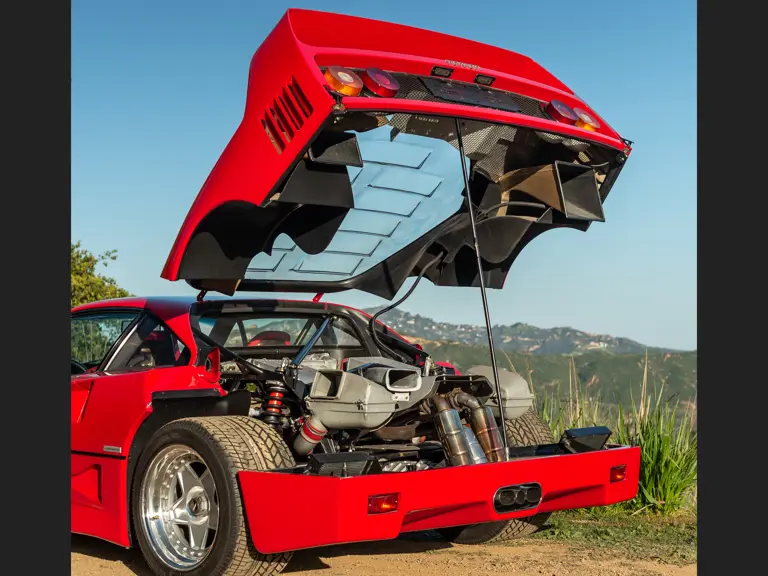
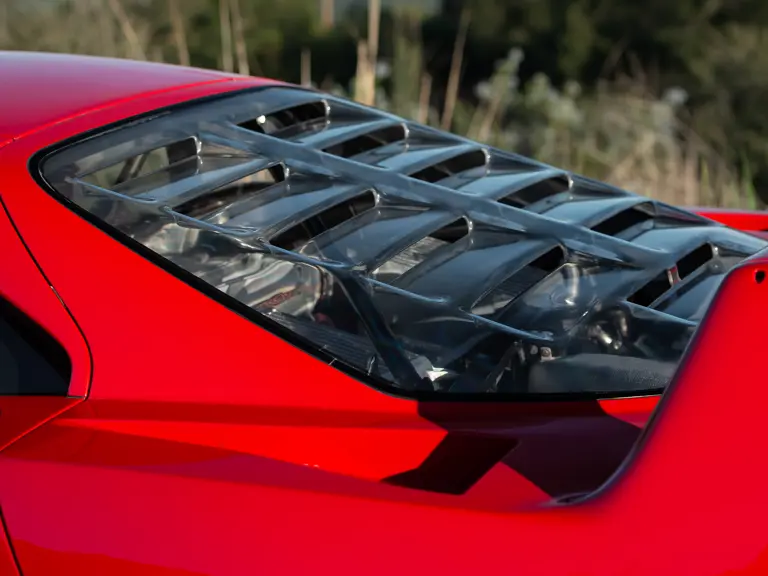
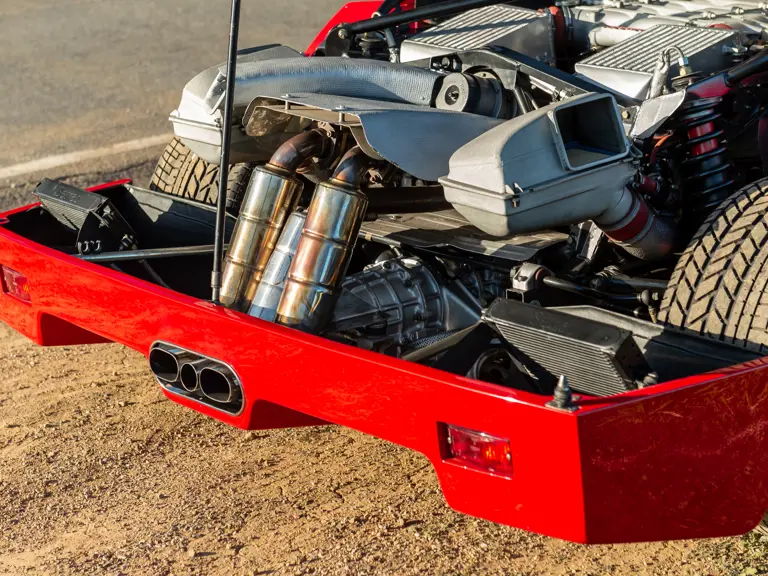
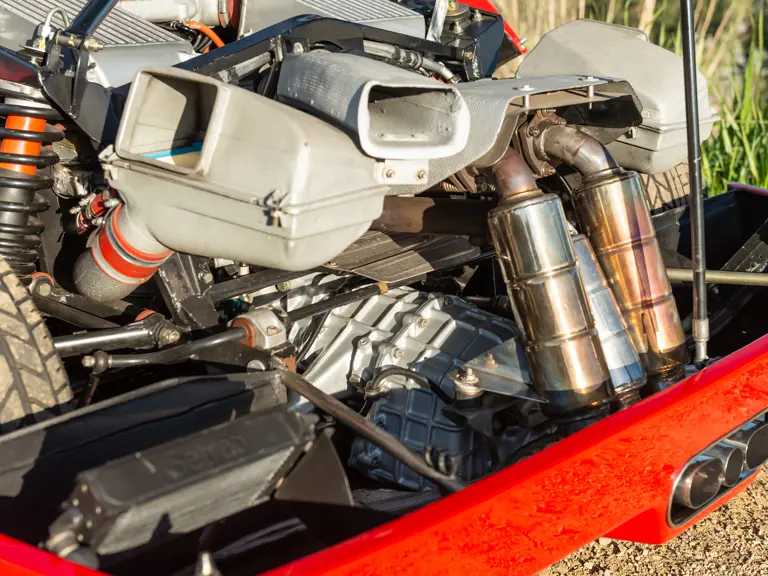
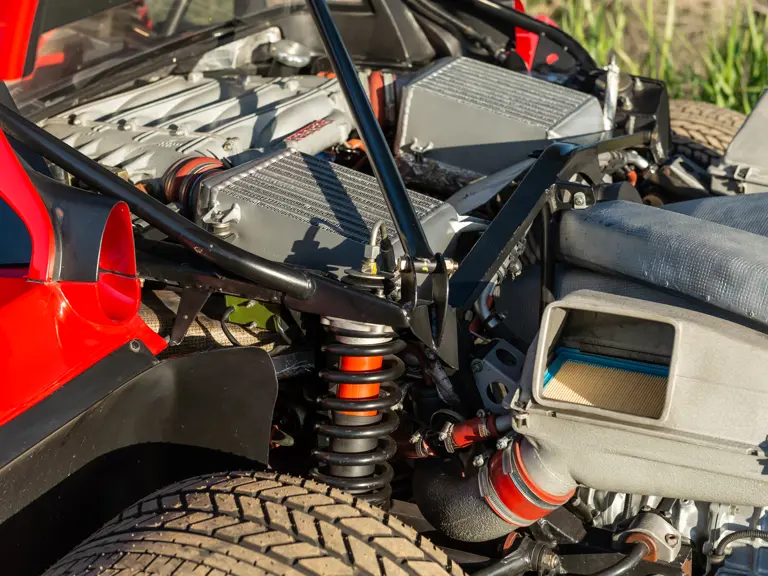


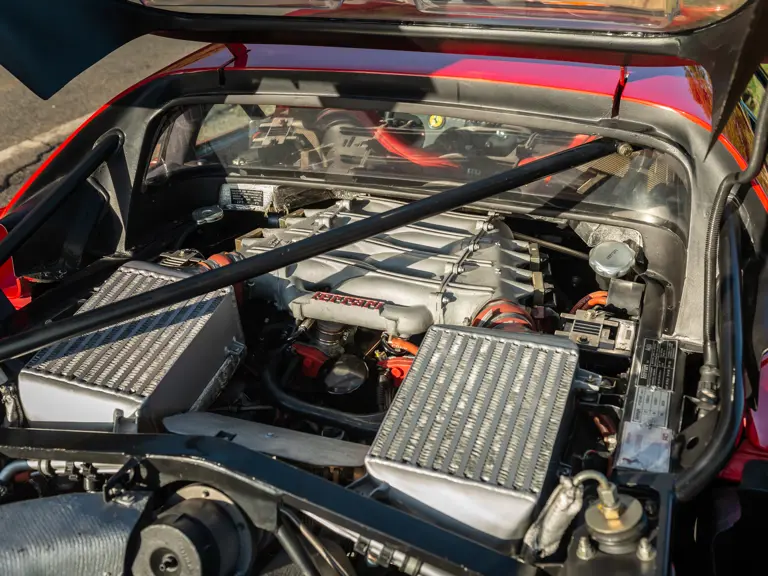
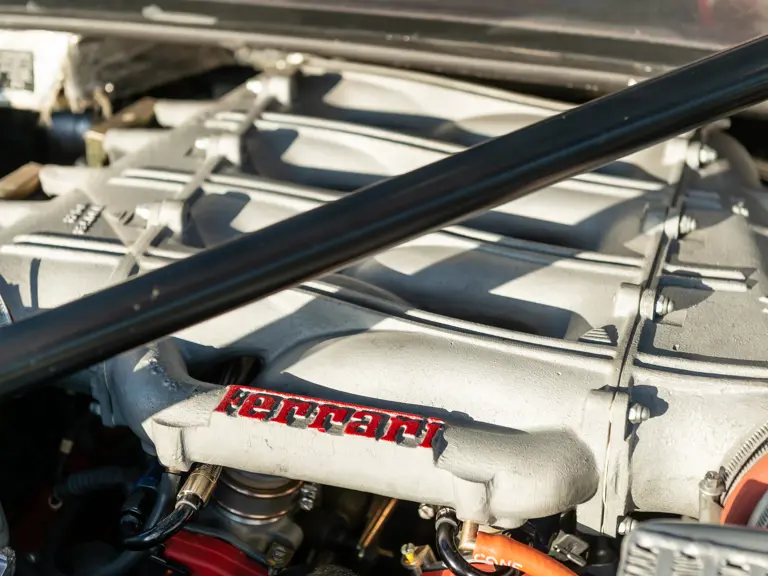
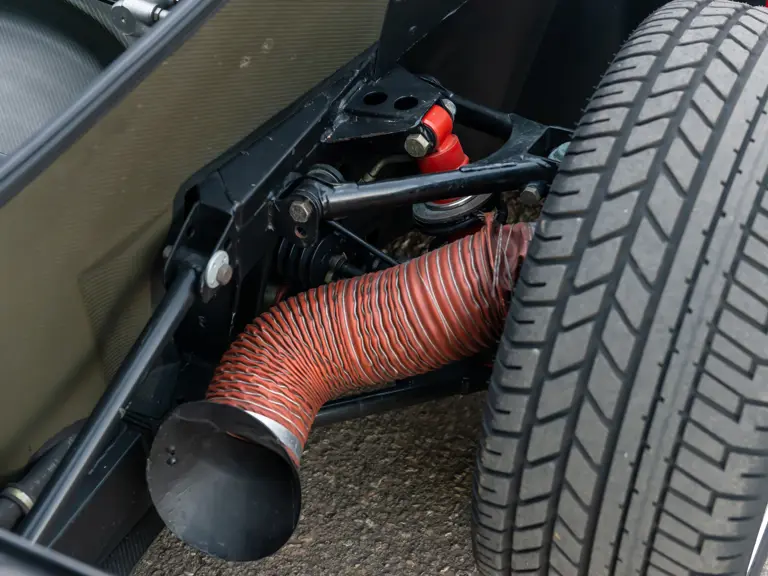
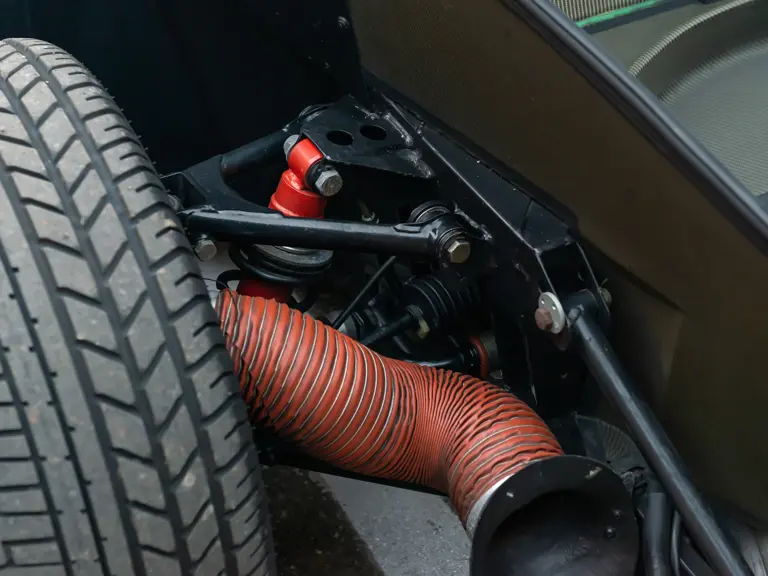
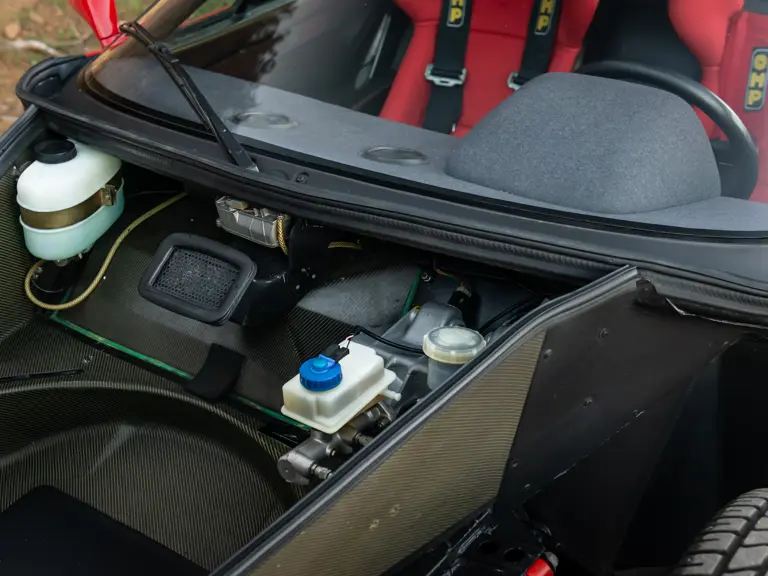
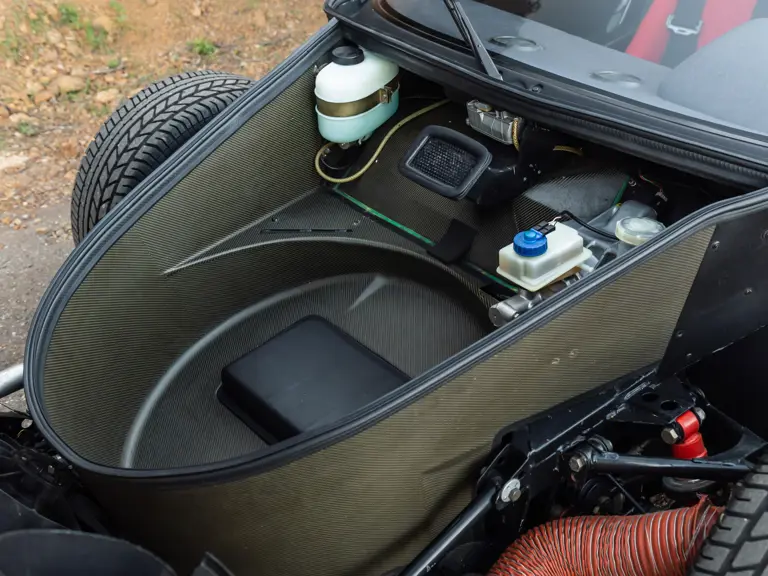

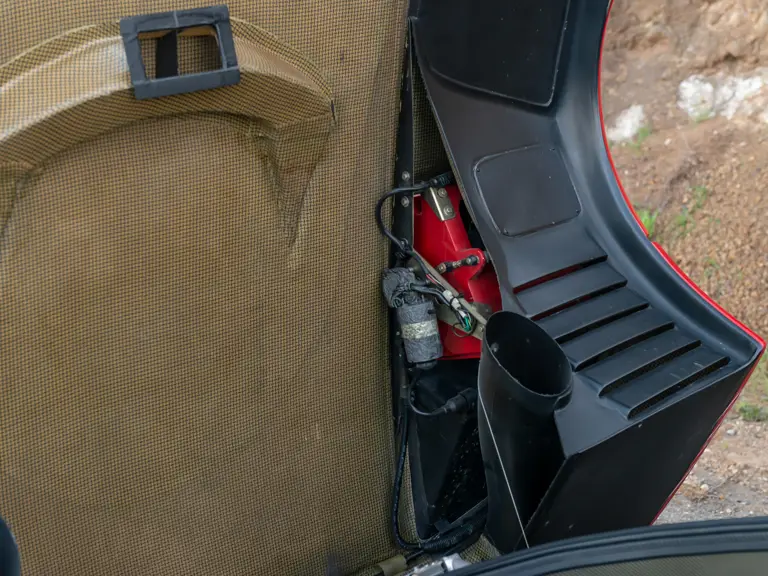
 | Amelia Island, Florida
| Amelia Island, Florida
